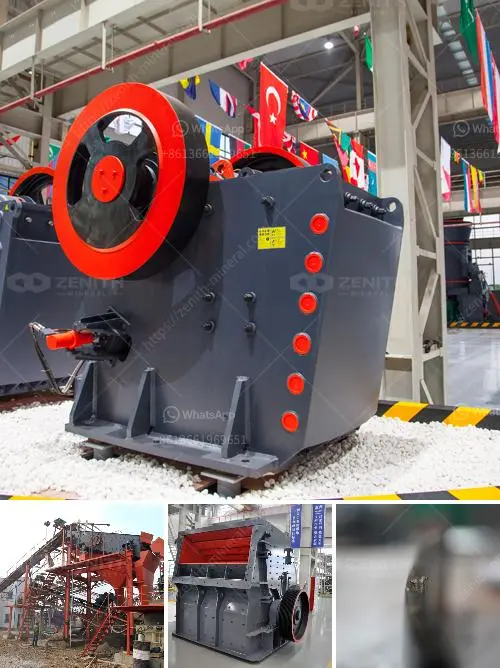The quality of limestone significantly affects equipment selection in various industries, especially in mining, construction, and manufacturing. Here are some key considerations:
Purity and Composition: High-purity limestone (with high calcium carbonate content) may require specialized equipment for processing to ensure product quality. Conversely, limestone mixed with impurities like silica or clay can affect crushing and grinding operations, requiring tougher materials or specific types of crushers and mills.
Hardness and Abrasiveness: Limestone's hardness can vary, impacting the type of crushers and grinders used. Softer limestones are easier to crush, while harder varieties might necessitate robust jaw crushers or cone crushers that can handle high compressive strengths.
Moisture Content: High moisture content in limestone can lead to clogging and reduced efficiency in certain equipment, such as conveyors. Dehydrating systems or special conveyance solutions might be necessary to handle wet limestone.
Particle Size Distribution: The required product particle size influences equipment choices. For finer output, equipment like ball mills or vertical roller mills might be needed. Conversely, for larger sizes, jaw crushers or gyratory crushers are more suitable.
Chemical Properties: Certain chemical properties, such as the presence of reactive minerals, can influence the choice of equipment, particularly if thermal treatment (such as calcination) is involved. Kilns may need to be specially designed or calibrated for specific types of limestone.
Environmental Considerations: Quality variations that affect dust generation necessitate dust suppression equipment or systems, like baghouses, particularly for operations where air quality control is a concern.
Economic Factors: Higher quality limestone may justify investment in more advanced or durable equipment due to the higher market value or utility in producing high-end products.
Choosing the appropriate equipment thus involves a thorough understanding of these factors to optimize efficiency, reduce wear and tear, and ensure product quality. It's also important to align equipment capabilities with end-product requirements and environmental and safety standards.
